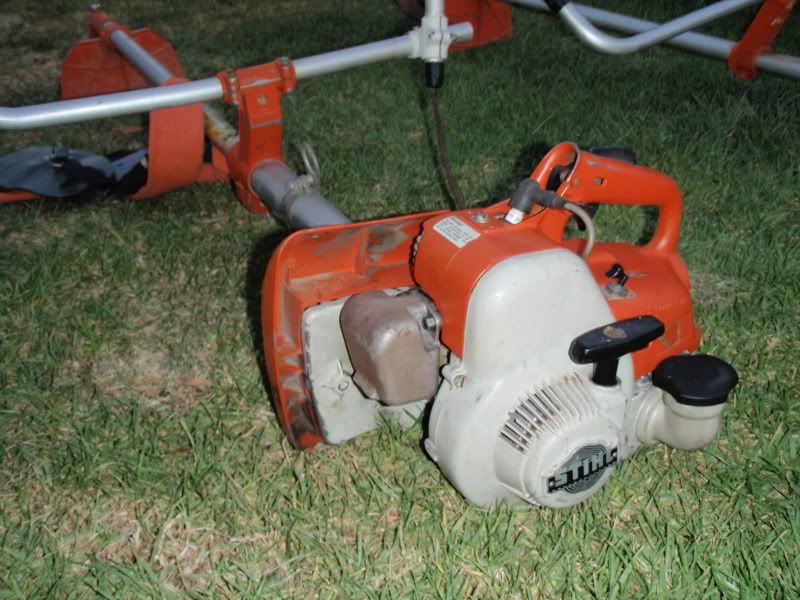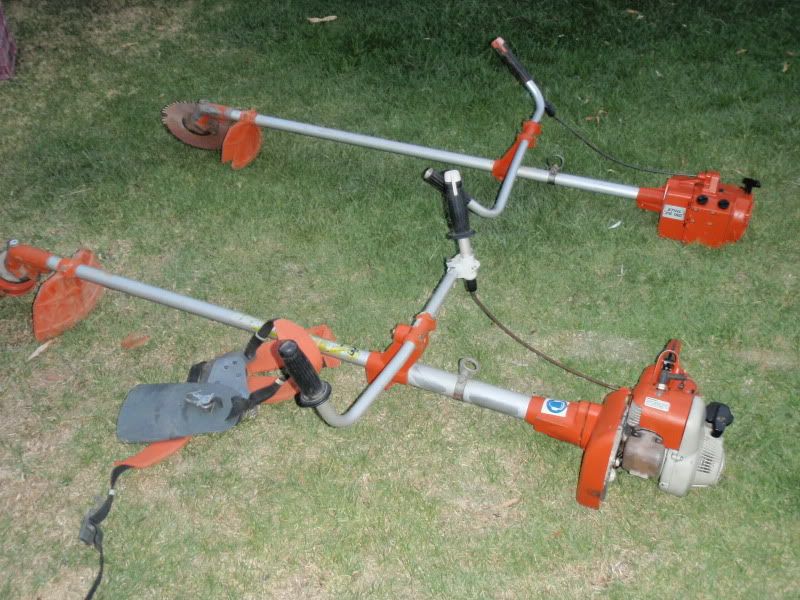MCW
Somebody's talking crap here & it ain't the tree!
is $990 a good price for a makita 7601
Do you mean a 7901? If so and it's new then SH*T yeah!!!

is $990 a good price for a makita 7601
Do you mean a 7901? If so and it's new then SH*T yeah!!!
bloke here is dear on bars oil & stuff but good on saws hey yep i ment 7901 but i will have another look
tonights trivia,,,,,
just found this pic.
who is this AS member and regular on this thread.
the saw should give him away, looks like the boys are practiceing or training.

That's a serious log stand you blokes are using
Oh and good work on representing the Dolkita Rick :msp_thumbup:






Looks good with the disc dropping, eh, and that's you on the left there too Neil
I think you're taller than me Matt, and you can add 30kg to your guestimate
spray your blue gums with something systemic


Best way is to keep trees as healthy as you can and when young spray the crutch every month with Bifenthrin for example.
Little bastards...
Protection / Defense - Protection is a static condition designed to prevent injury. Defense is a dynamic condition to survive after injury and infection. These words and their meanings are often confused. Trees have protection features: bark with waxes and suberin, aged wood with low amounts of nutrients and water (and with biological wood preservatives called extractives), arrangement of wood cells in a constant crisscross pattern as longitudinal and radial cells abut. Trees also have defense systems: chemical changes that produce antimicrobial substances, chemical and anatomical changes that form strong boundaries. After injury and infection, the still living cells near the wound respond by beginning to form a great variety of materials that resist inward spread of pathogens. The new materials may be just as harmful to the tree cells as they are to the pathogens. Some individual trees of a species respond to injury and infection rapidly, and the pathogens spread very slowly. It appears that this ability to respond rapidly is under moderate to strong genetic control. Some tree species have much stronger protection features than other species. Consider some of the species of Eucalyptus that have high amounts of extractives that prevent rapid spread of pathogens. Other tree species have weak protection features, and these trees usually do not live long.
In other words. Defense is dynamic, that means it is moving – something is happening. Protection = static. You have protective gear. You have dynamic move. Static not move. Building a wall is a defense process. Because you are building and it is kinetic. After it is built, then it becomes a protection boundary because after it is built, the wall just stands there, remains there, whatever word you want to use. So the degree of defense and protection in trees depends on the amount of stored energy they have. If you have a lot of money you can have a big insurance policy. You can have a big defense. You can buy things – defense. If you don’t have much money you don’t have much defense. And if you have something to protect or save, what are you going to use? Because you have no defense. Think about it. Use the words correctly. Defense, something is moving, it’s a dynamic process to maintain survival at the high quality state. Protection is a static situation. It’s a static feature. Protection is a feature and defense is a process. So think about these words. They are big powerful words. Don’t misuse them, please.

That description is a bit too wankish for me mate
Yeah true dear Shigo can be a wee flowery in his teachin ways but he is still my tree guru :msp_smile: yours is far more succinct and to the point with a good metaphor and example yup. Shoot it, if it was healthy it will bleed sound like Arnie in predator eh
Nice kit on yer .177 bunnies beware silent killer in them trees. My new leupold 6.5 x 20 40mm turned up fitted and zeroed the No1 last weekend in 4 shots but now I gotta get it off get me some lower rings as the old 56mm hubble scope needed the high Ruger rings so its way outta wack with the 40mm.
The No.1 light sporter in 30-06 vertical strung groups as it heated up
Enter your email address to join: